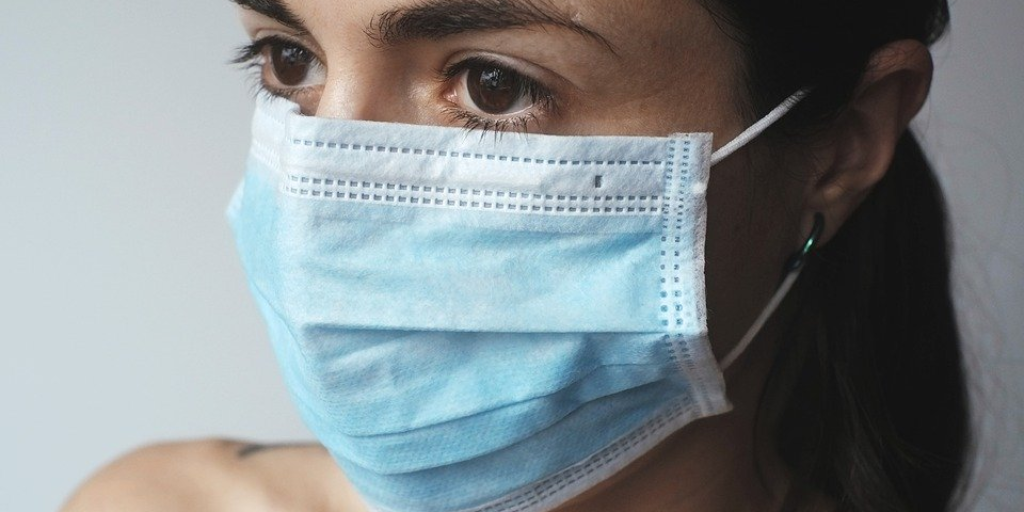Eyecare practitioners urged to provide emergency care only amid COVD-19

Recommendations and guidance for consumers and healthcare professionals regarding novel coronavirus 2019 and associated COVID-19 are coming quickly, and these updates are changing day by day.
Related: Coronavirus: A quick summary for optometrists
However, this week has seen tremendous change in how the United States overall is addressing the pandemic with city lockdowns and more business closures and travel restrictions in an effort to reduce the spread of the virus.
Meanwhile, U.S. clinicians have started a petition for the federal government to impose a national quarantine, among other things.
Most eyecare practitioners have been increasing hand washing and in-office disinfection procedures while following social distance recommendations and suggesting patients and staff who are sick to remain at home.
Related: How ODs are addressing COVID-19 in their practices
That changed this week when the Centers for Disease Control and Prevention (CDC) recommended that doctors and patients postpone routine eye exams.
The California Optometric Association was the first group to issue guidance-early in the week it communicated to its members that it strongly recommended that ODs practicing in California voluntarily suspend nonessential or nonurgent optometry care for the next 14 days.
The American Academy of Ophthalmology followed suit yesterday with its own guidance. It recommends that “all ophthalmologists cease providing any treatment other than urgent or emergent care immediately.”
Related: COVID-19 and contact lens wear: What ODs and patients need to know
AOA guidance
Today, the American Optometric Association (AOA) released a statement agreeing with the CDC’s stance that ODs should focus on urgent and emergent care to patients.
Per the statement: Based on the immediate health needs of a patient, doctors of optometry can and should use their professional judgment to determine the timing and course of care, including assessing patient expressed urgency, necessary preventative care, and the monitoring and refilling of prescriptions.
However, this does not mean that ODs should close their practices.
Offices do not have to close down, says Barbara Horn, OD, president of the AOA. ODs should bring in someone if it is an emergency unless the patient is sick.
“You don’t need to shut your doors and walk away,” she says. “In fact, you should be answering the phone. We shouldn’t abandon our patients. Closing the doors isn’t the recommendation; it is to limit and postpone what can be postponed. Eye care is essential. We need to be there for emergency patients. Patients call when they are blurry, but we need to triage and talk with patients calling in. Find out if they have a fever or respiratory problems or feel ill. If so, they need to communicate with their primary-care doctors.”
Dr. Horn says that speaking with patients about their symptoms will determine if they need to be seen urgently-such as waking up with suddenly blurry vision-or can be scheduled for a visit in several weeks.
“ODs need to be communicating with patients,” she says.”Normally they come in, and we get their case histories. We need to get that information when they call. Talk with patients to determine who can wait a few weeks and who can’t.”
She reminds ODs that focusing on emergency care only is not a mandate from the CDC but a recommendation.
‘Uncharted territory’
Chief Optometric Editor Ben Casella, OD, FAAO, says that everyone, including ODs, is in uncharted territory right now, and all are doing their best to do the right thing in the hopes of slowing the spread of the novel virus.
Related: One OD weighs in during office closure
Related: Dr. Ben Casella weighs in COVID-19
“The CDC recommendations for postponing all routine eye care is the latest development for optometry with respect to COVID-19, and many of us have questions,” he says. “The exact length of time of postponement seems as elusive as the virus, itself. We have to be patient while the details continue to unfold, and we have to wait for some sign that what we are doing is working. Speaking on the phone with a colleague last night, the difficulty of defining the very word ‘routine’ came up. None of us want to postpone the patient who thinks his vision is fuzzy because his glasses are old but really has a retinal detachment or a brain tumor.”
Dr. Casella continues: “These are just the cards we are dealt today. What will the cards look like tomorrow? A week from now? Two months from now? The only way to get past this is to follow guidance as to how best to defeat this virus.”
Optometry’s Meeting still a go
In related news, the AOA’s annual meeting planned for late June 2020, has not been cancelled or postponed.
Dr. Horn says that she and AOA leadership are hoping that extreme measures taken now will slow the spread of the virus.
“In two to three weeks we will have a better handle on if we need to start figuring it out,” she says. “At this point, we are not cancelling Optometry’s Meeting.”
Newsletter
Want more insights like this? Subscribe to Optometry Times and get clinical pearls and practice tips delivered straight to your inbox.